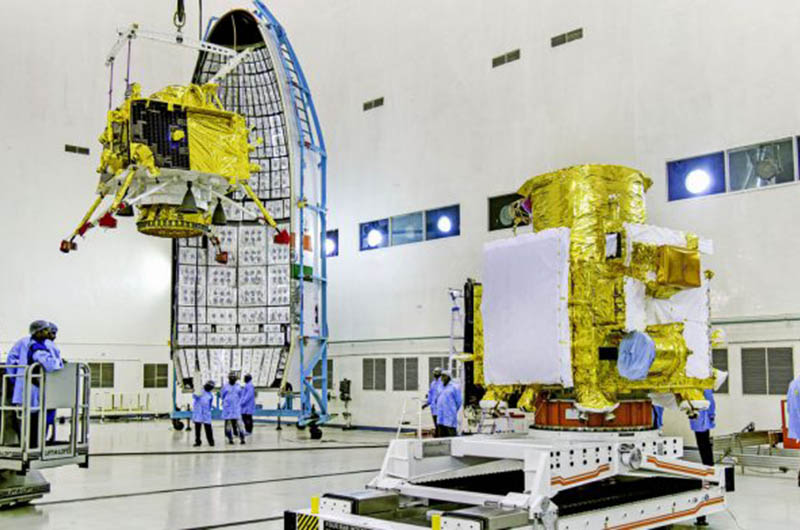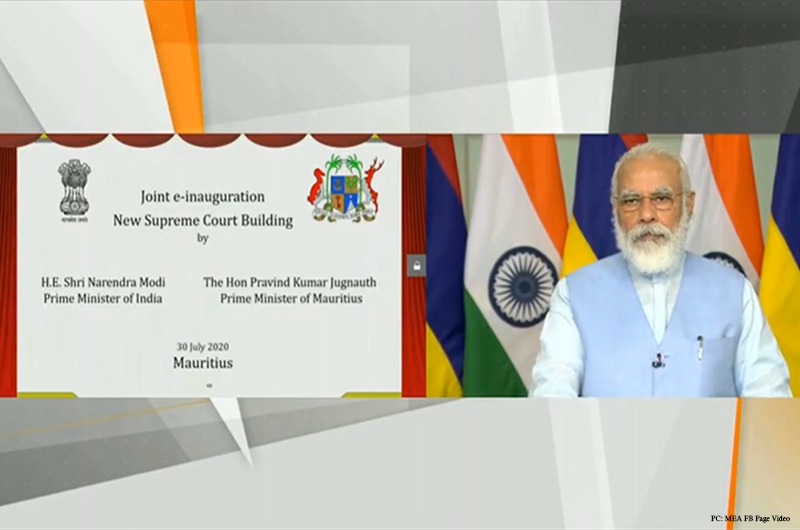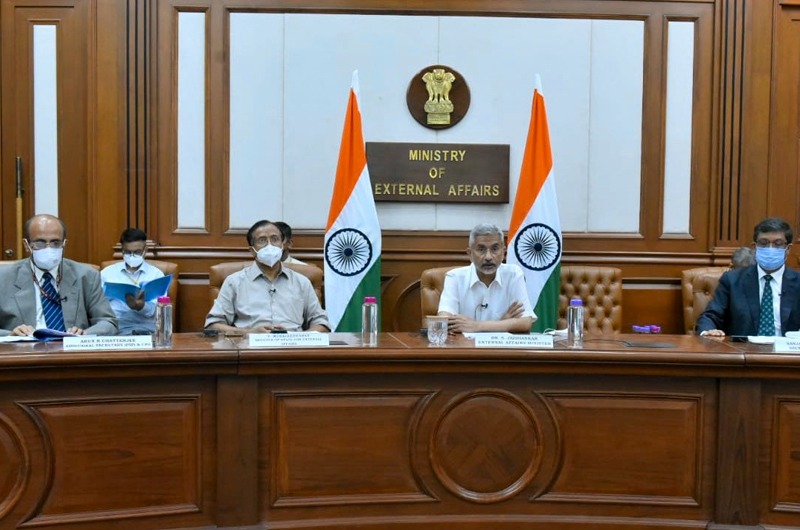Minister of State in Prime Minister’s Office Jitendra Singh says in written reply to a question in Lok Sabha that Vikram had landed within 500 m of the designated landing site.
Due to reduction in velocity during its descent Chandrayaan-2’s Vikram lander hard-landed and took more than the designed parameters said government. Moreover, the statement throw more light on ISRO’s dashed hopes which was expected to make a soft landing on the lunar surface in its maiden attempt.
The minister of state in the Prime Minister’s Office, Jitendra Singh, in a written reply to a question in the Lok Sabha said the first phase of descent was performed nominally from an altitude of 30 kms to 7.4 kms above the moon’s surface. However, its velocity was reduced from 1,683 meters per second to 146 meters per second. Importantly, he looks after the department of space.
He said that “During the second phase of descent, the reduction in velocity was more than the designed value.” Furthermore, “Due to this deviation, the initial conditions at the start of the fine braking phase were beyond the designed parameters.” As a result, “Vikram hard-landed within 500 meters of the designated landing site,”
However, most components of technology demonstration, including the launch, orbital critical maneuvers, lander separation, de-boost and rough braking phase were well accomplished, he said.
Chandrayaan-2 is an indigenously developed spacecraft. It comprises of orbiter, lander and rover. It was successfully launched by indigenous GSLV MK III-M1 Mission on July 22.
On August 20, the spacecraft was successfully inserted in the lunar orbit after accomplishing four earth-bound maneuvers and trans-lunar injection. To achieve a lunar orbit of 119 x 127 km, a series of moon-bound maneuvers were also carried out.
On September 2 2019, the Lander ”Vikram” was separated, as planned, from the Orbiter. On September 7, after two successful de-orbiting maneuvers, powered descent of the lander was initiated to achieve soft landing on the moon surface.









